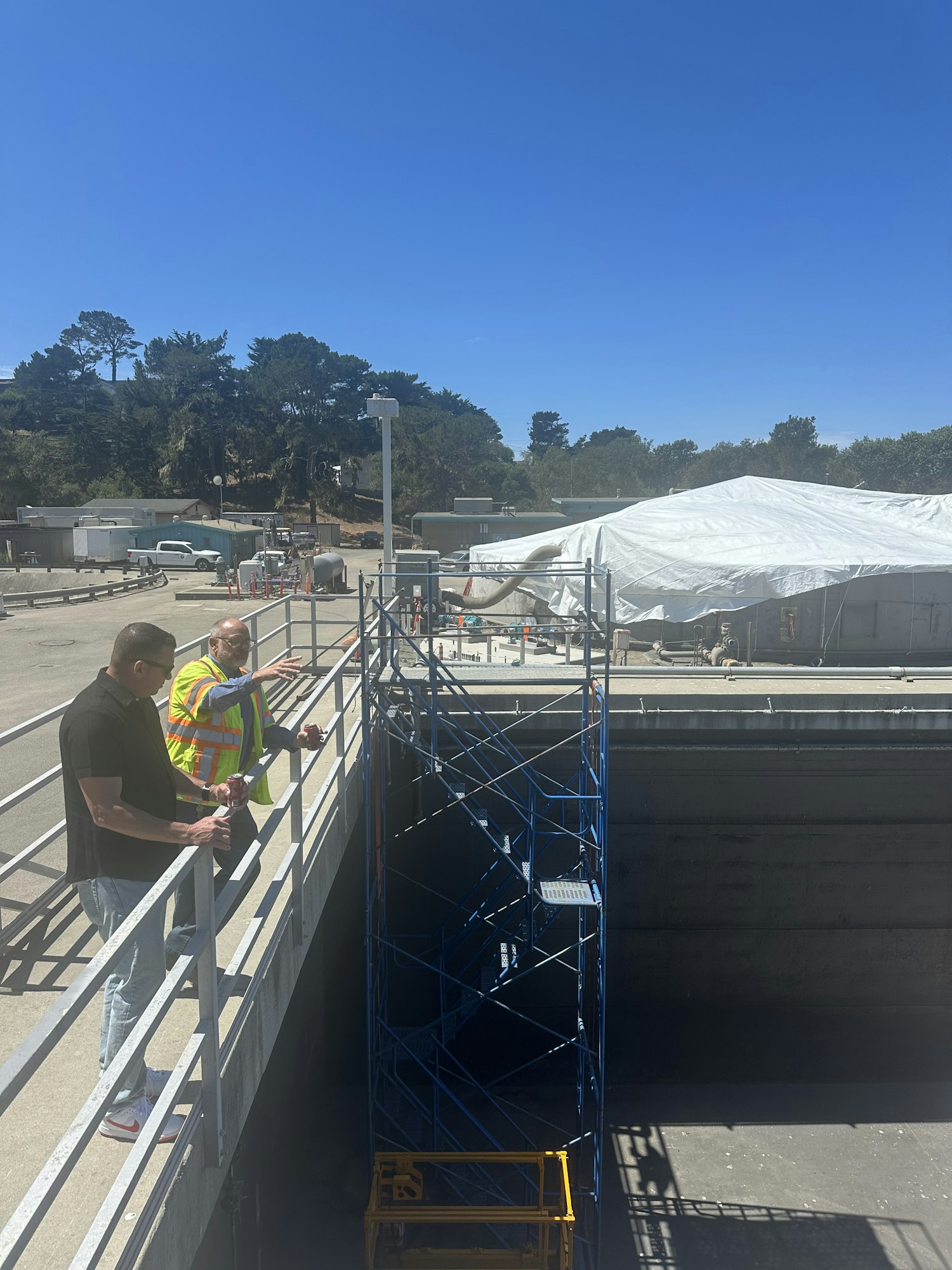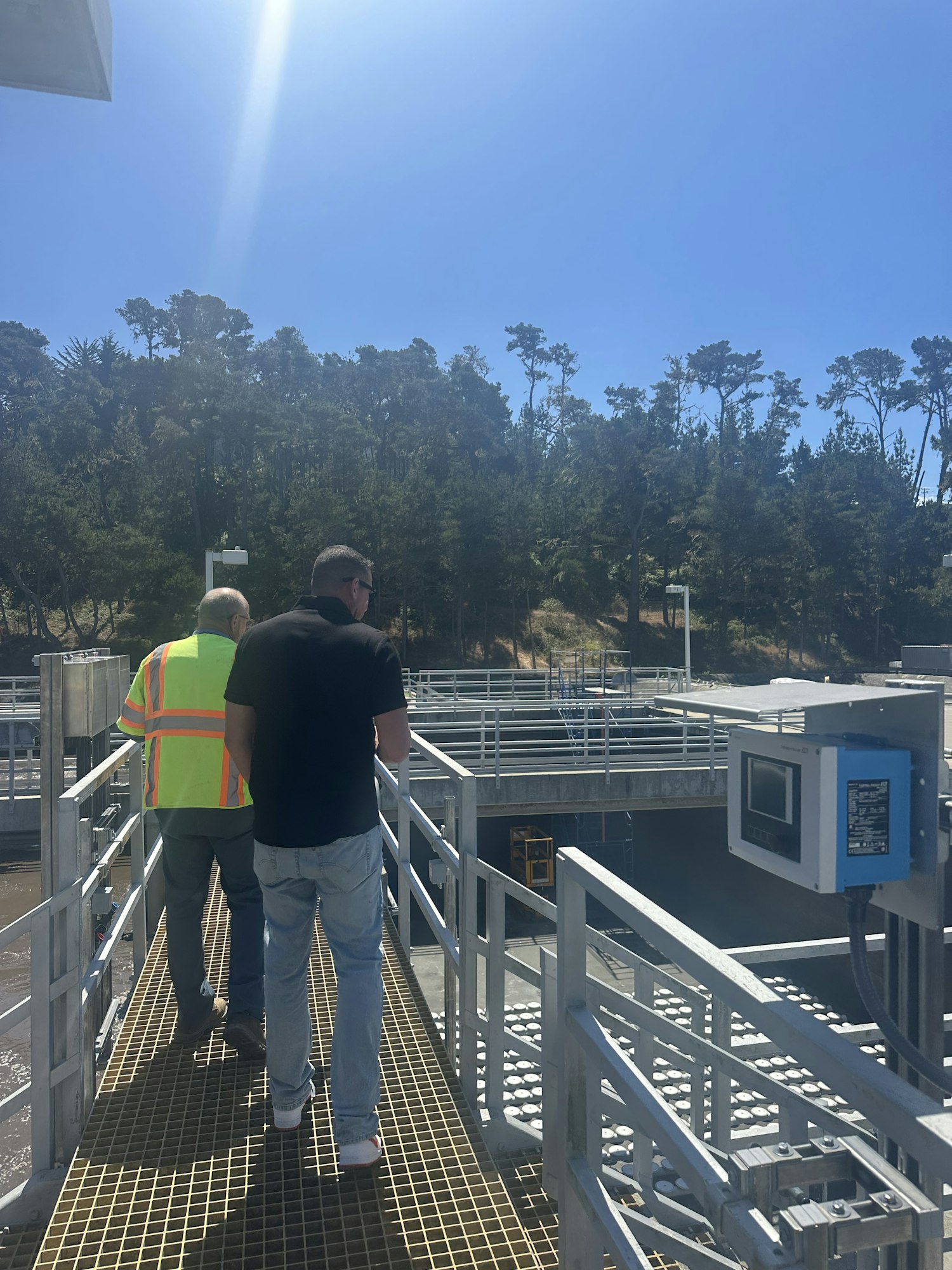Wastewater SST Projects

Wastewater SST Project Updates are included in the Monthly Board Meeting Utilities Report.
ECM-1 Influent Flow Equalization
- Piping supports and spot repairs to the tank must be performed before exterior coating.
- Established a bypass route for flow during installation
ECM-2 Influent Lift Station Modifications

- Requested that the baffle be removed from ECM and that the remaining budget be applied to Lift Station B4.
ECM-3 Modified Ludzak-Ettinger Process Upgrade
- Solidify one-train operation procedures for design configuration.
- Baffle, fine-bubble diffusers, and MLE blower submitted and approved.
- Dissolved oxygen (DO) and oxidation-reduction potential (ORP) probes submitted.
- Received and reviewed MLE-blower process control description.
- Received and reviewed recirculation pump control description.
ECM 4 – Blower System Improvements
Blower submittal has been approved.
- Reviewed process instrumentation (including air flow meters and dissolved oxygen probes).
- SST project can afford only one blower sized for the aeration basins. Develop a procedure to run back-up blowers upon primary blower failure.
ECM-5 RAS and WAS Pumping Improvements

- Assess visible surfaces within scum pit and RAS wet well.
- Develop description of RAS pumps, WAS control valve, flow meters, process instrumentation, piping, valves, scum troughs, and scum pumps.
ECM-7 & ECM-8 Electrical Upgrades and Backup Power
- Main plant generator submittal approved.
- Meter section has been approved by PG&E.
- Developing procedure for installing new electrical distribution while providing alternate power sources for running plant.
ECM-9 SCADA System

- Develop preliminary process and instrumentation diagrams for coordination with SCADA design
- Develop scope of work for all necessary SCADA upgrades
ECM-12 Sewer Lift Stations (B1 and B4)
- Develop design flows for each lift station based on available plant records, review of upstream land uses, and estimated peaking factors
- Confirm design criteria (flow and head requirements) for submersible pumps at each station
- Confirm size (depth and operating ranges) for wet well
- Evaluate dimensions and visible condition of existing wet well to determine if it can be used or a new wet well should be constructed
- Develop preliminary layout of B1 and B4 for review by District staff
- Develop description of new pumps, valves, access hatches, instrumentation, and appurtenances
- Develop scope of work and 30% design to integrate lift stations into existing SCADA system
- Conduct Feasibility Assessment for four (4) additional Lift Stations
